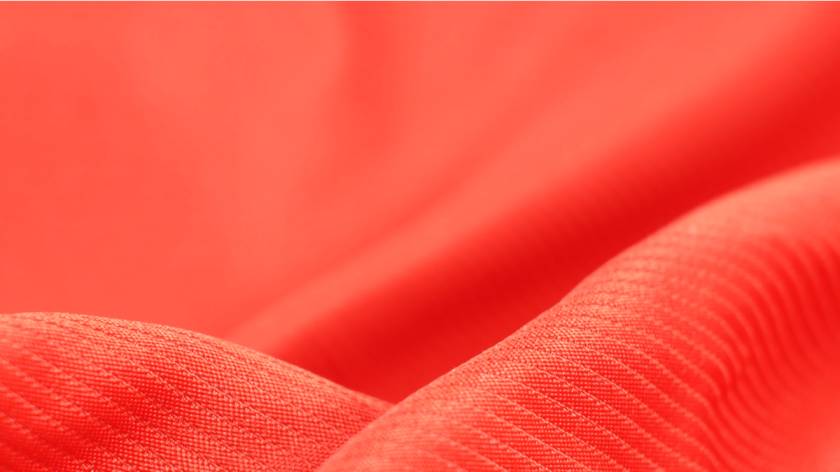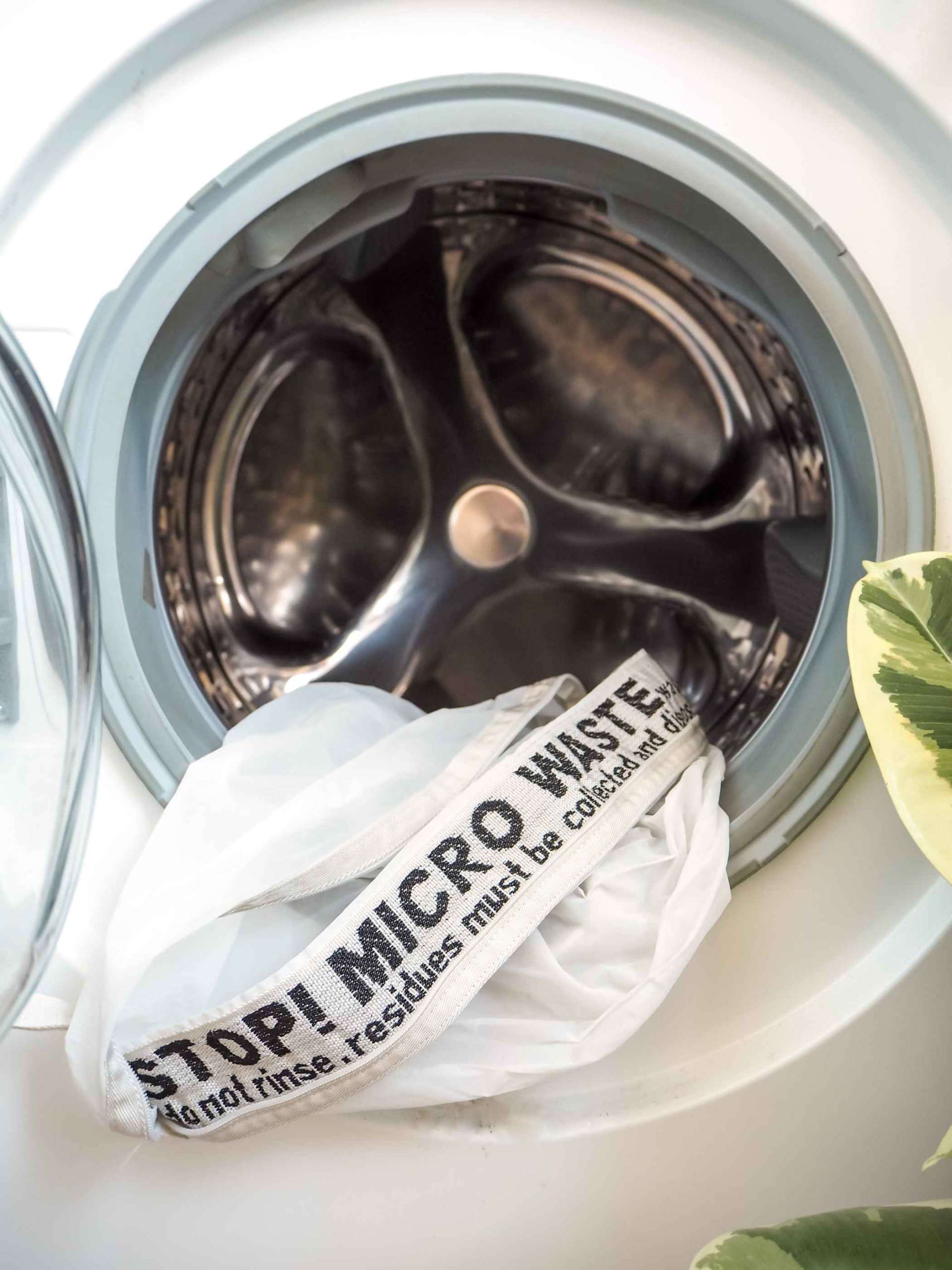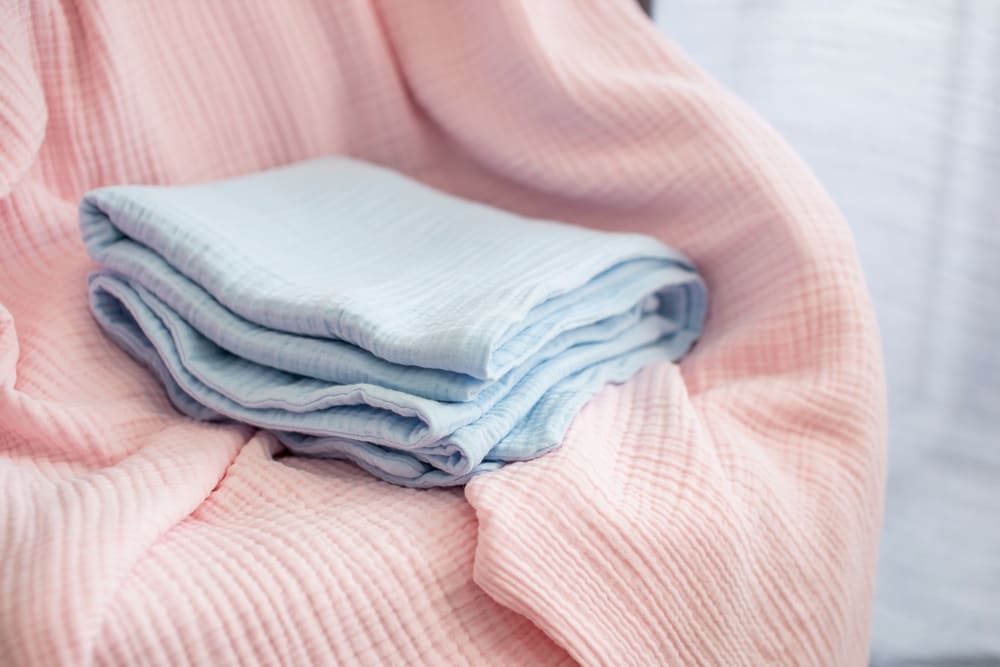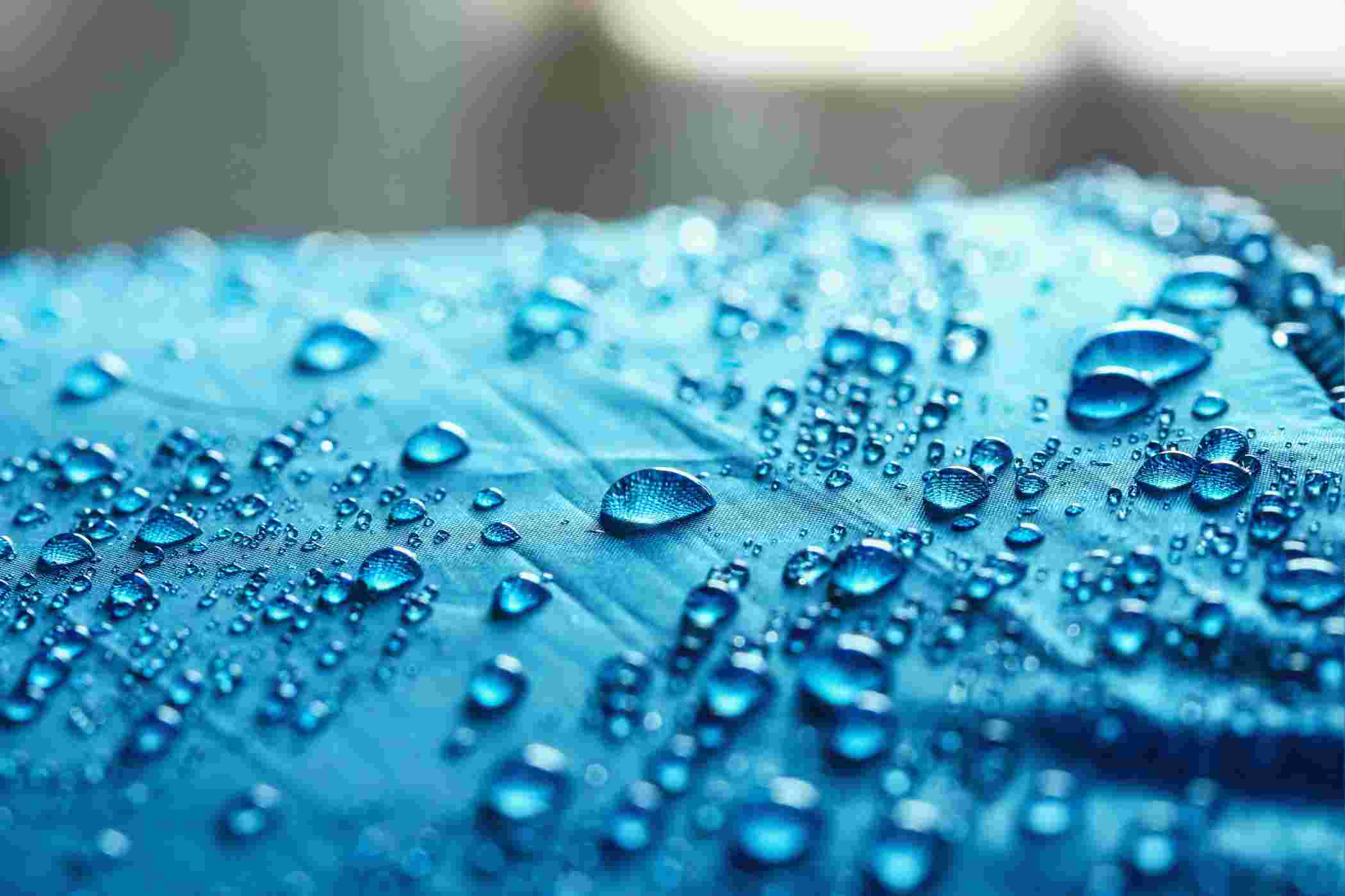Lycra: Origin, production, types, uses, major exporter, and environmental effects



| Fabric | Lycra |
| Types | Lycra, Spandex and Elastane |
| Major Producers/Exporters | China, India, United States, Pakistan and Brazil. |
| Used For | Underwear, socks, bras, sports bras, bike shorts, yoga pants, hiking apparel, motion capture suits |
| Thread Count | - |
| Breathability | High |
Lycra is a synthetic fiber which is elastic in nature. It is also known as spandex or elastane. Composed of Polyether-polyurea copolymer, it can stretch up to 5-8 times their usual size. As a polyurethane material, Lycra fabric is a polymer, which means that it is composed of long chains of monomers that are bonded with a special type of acid. The fabric was seen as a replacement of silk and its stretchability had revolutionized the fashion trends and demands.
Lycra fabric: production
Lycra is a trademarked brand name that denotes a class of synthetic elastic fibers. Lycra fabric is fully synthetic and is created in a laboratory setting. Some of the constituent elements in the process of creation may have organic roots but those elements go through so many formulations and reformulations that the final product has zero organic connection. Lycra fibers undergo a complex process of transformation into yarns which are turned into spools and sent to textile factories.
Brief history of lycra

Lycra was invented in 1958 in the United states by a du Pont scientist Joe Shiver. Prior to the innovation, rubber was mostly used as the elastic material for various products like women’s shapewear or lingerie. It was due to the wartime rationing, that rubber supply became limited as most of it would be restricted to military use. There came a need for synthetic elastane to replace natural rubber in some garments. The demand led to the invention of lycra, which was groundbreaking and the fabric eventually revolutionized the fashion world.
Benefits of working with Lycra
Lycra fabric has become a well recognized fabric choice today because of its durability, lasting shape, and comfort. Lycra pants are most comfortable and convenient to wear, which makes them a good choice for activewear. The best feature of the fabric is its stretchability. The fabric is also lightweight and resistant to heat. It is breathable and resistant to perspiration and oil as well. Lycra is easy to wash and retains its dye and shape.
Applications of Lycra
Any garment that requires stretchibilty can use lycra. Underwear, socks, bras, sports bras, bike shorts, yoga pants, hiking apparel, motion capture suits are commonly made from lycra fabric. Lycra pants are very popular for their skin tight looks and the ease of movement they offer.
When should brands launch Lycra clothes?
Winter is the best season to launch lycra collections. Although lycra pants are versatile and are worn throughout the years, the stretchable skin tight attires are more suitable for winters.
Leading producers and exporters
China is the leading producer and exporter of lycra. Besides China, other countries producing and exporting lycra are India, China, United States, Pakistan, and Brazil.
Types of Lycra

Lycra itself is a type which is the most reliable and high-quality variant of elastane fabric available in the market.
Spandex was originally used to describe the polyurethane fabric during the development process.
Fun fact: "Spandex" is an anagram of "expands," and the attractive simplicity of this name has made it the preferred term for referring to elastane products in the United States and elsewhere.
Environmental impacts of the fabric
Lycra is fully synthetic which makes it inherently dangerous for the environment. Lycra doesn’t use petrochemicals like rayon and polyester. Though claims have been made that the workplace is safer but there is no denying that lycra processing involves chemicals that are carcinogenic in nature. While the processing is really toxic, lycra is also responsible for polluting the environment after the consumer uses it.
Lycra fabric is non-biodegradable and hence piles up on synthetic trash. Even if care is taken for safe disposal of lycra fibers, with every washing the elastane fibers break and contaminates the water. This discharged water leads to water pollution. Under certain circumstances, if lycra is recycled then there would be a possibility to reduce environmental impacts.



















